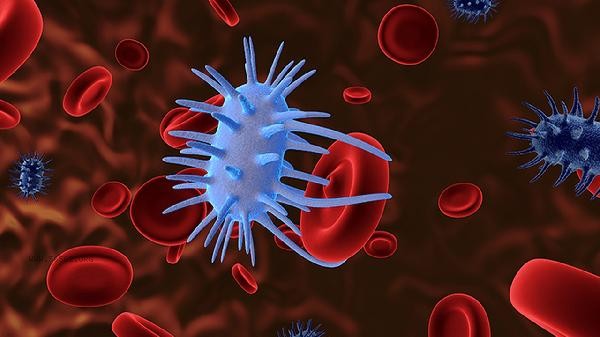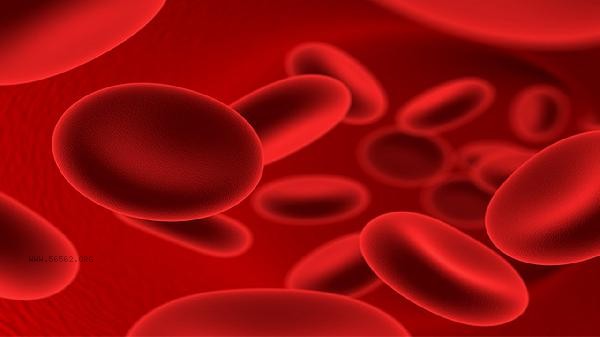A high hematocrit of 0.6 is considered a mild abnormality and is mostly related to dehydration or chronic hypoxia. It needs to be evaluated comprehensively in conjunction with other indicators. The main influencing factors include blood concentration, long-term smoking, high-altitude living, chronic lung disease, and polycythemia vera.

1. Blood concentration:
Intense exercise, insufficient water intake, or diarrhea may lead to fluid loss, and relative concentration of blood can temporarily increase hematocrit. This situation can be restored to normal through fluid replacement. It is recommended to drink at least 2000 milliliters of water daily and avoid prolonged activities in high-temperature environments.
2. Long term smoking:
Carbon monoxide in tobacco reduces the oxygen carrying capacity of the blood, and the body compensates by increasing red blood cell production. Smokers often have a higher hematocrit than non-smokers by 0.02-0.05, and this indicator can gradually improve 3-6 months after quitting smoking.
3. High altitude living:

Residents in areas above 3000 meters above sea level can have a hematocrit of 0.5-0.6 due to hypoxia stimulating the secretion of erythropoietin. After returning to the plain area for 2-3 months, the value will naturally decrease and no special treatment is needed.
4. Chronic lung diseases:
Chronic obstructive pulmonary disease, pulmonary fibrosis, and other diseases can lead to long-term hypoxemia, which may be accompanied by symptoms such as coughing and difficulty breathing. Diagnosis should be confirmed through lung function tests and arterial blood gas analysis, and treatment of the primary disease can improve abnormal indicators.
5. Polycythemia vera:
Myelodysplastic diseases can cause a sustained hematocrit exceeding 0.6, which may be accompanied by headaches and skin itching. JAK2 gene testing is required for diagnosis, and if necessary, bloodletting therapy or medication such as hydroxyurea may be used for treatment.

It is recommended to regularly monitor changes in blood routine indicators, maintain moderate aerobic exercise such as brisk walking and swimming, and ensure a daily intake of 1500-2000 milliliters of water. Pay attention to supplementing animal liver and spinach rich in iron elements in diet, and avoid high salt and high-fat diet. If you experience symptoms such as dizziness, blurred vision, or skin and mucous membrane congestion, you should seek medical attention promptly to check for blood system diseases. Residents in high-altitude areas can increase their intake of vitamin E and anthocyanins appropriately to alleviate the impact of hypoxia on the blood system.








Comments (0)
Leave a Comment
No comments yet
Be the first to share your thoughts!